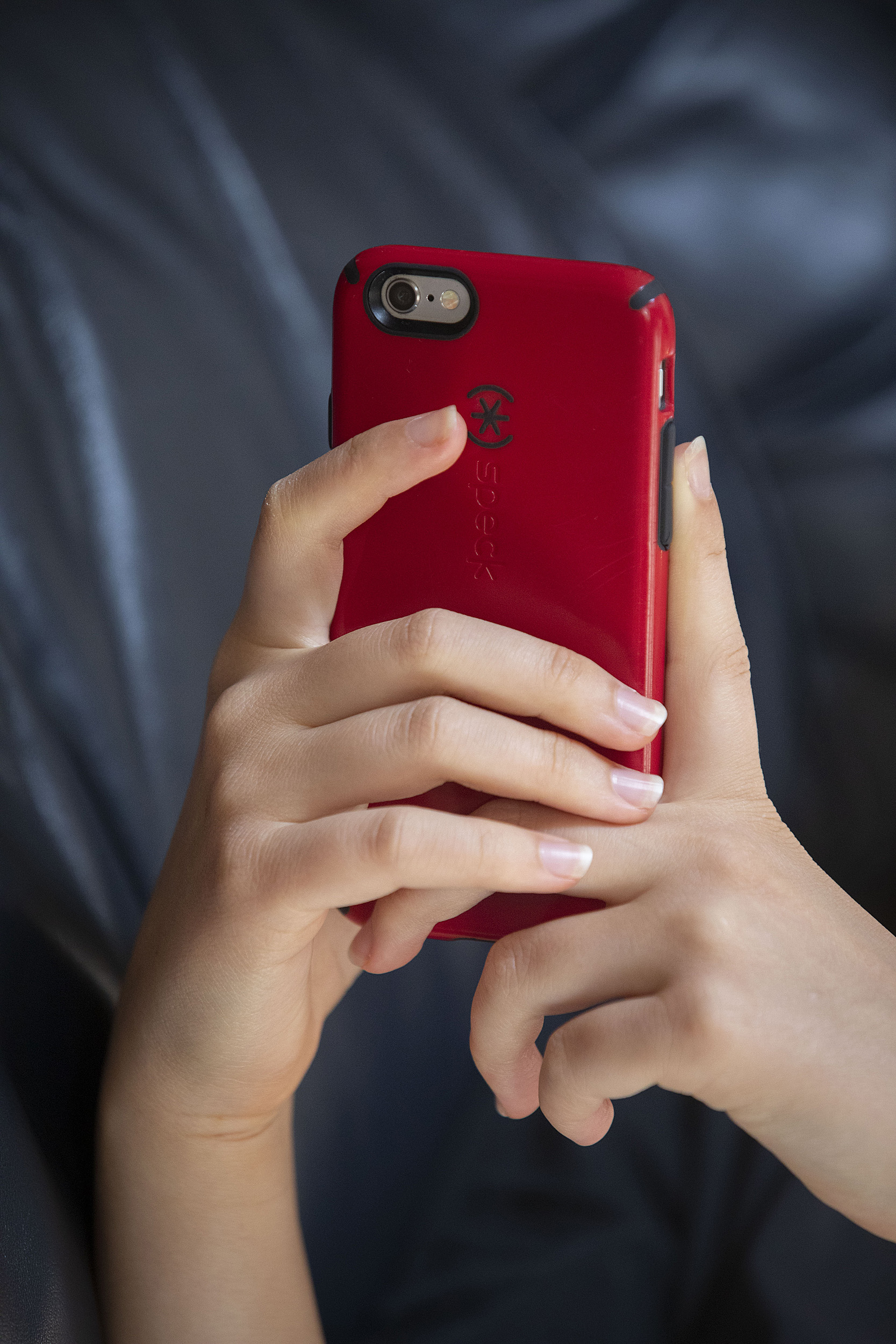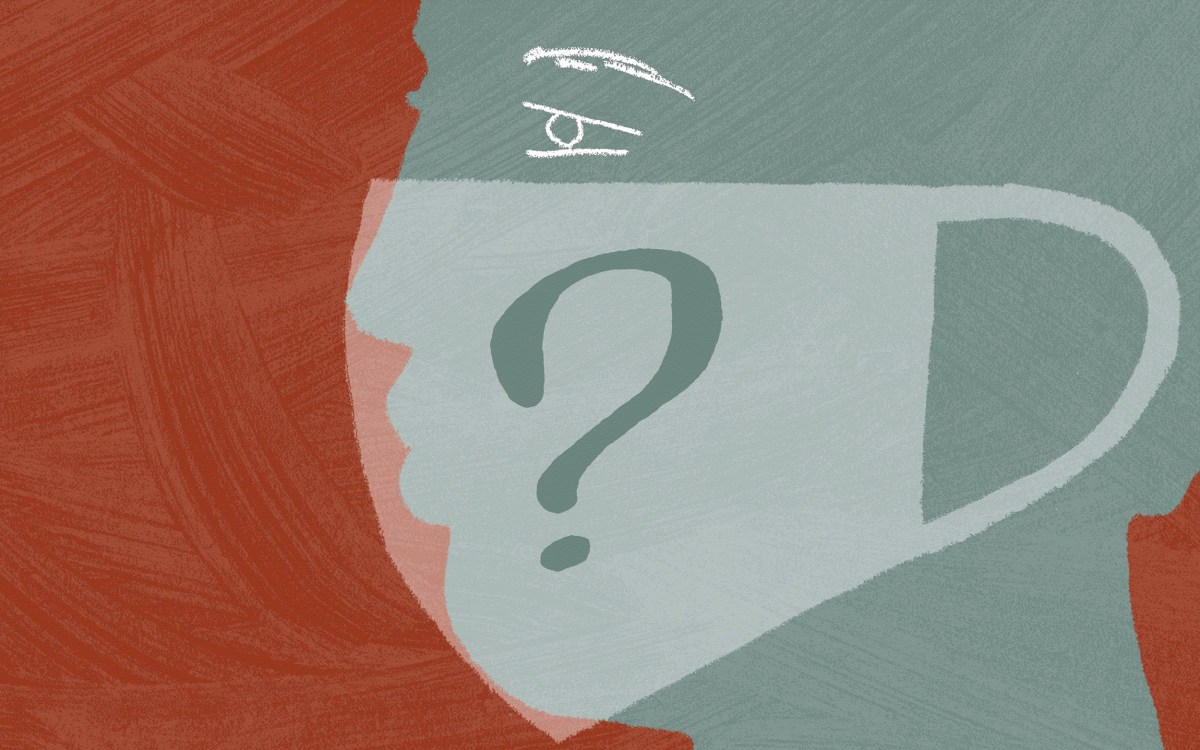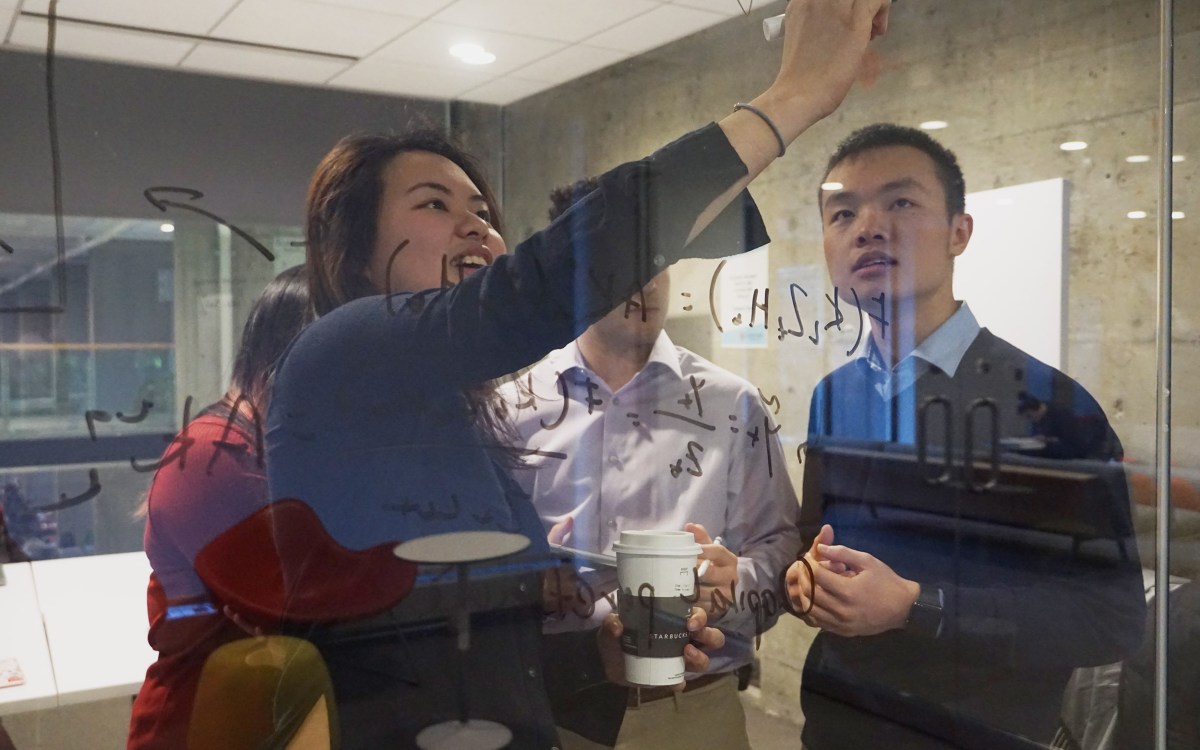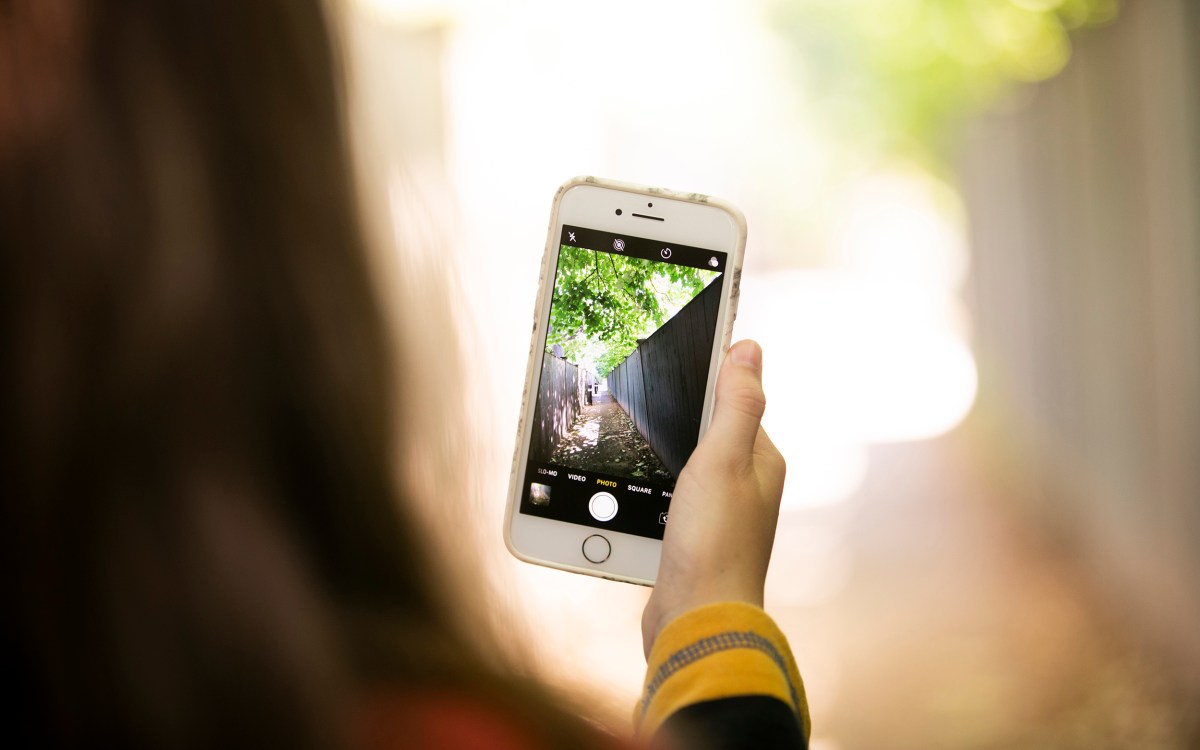Strong signals
Study findings support use of county-level cell phone location data as tool to estimate future trends of the COVID-19 pandemic

Kris Snibbe/Harvard Staff Photographer
Due to the COVID-19 pandemic in spring, most states implemented stay-at-home advisories — to different degrees and at different times. Cell phone location data showed marked reductions in cell phone activity at workplace and retail locations, and increased activity in residential areas. However, the correlation between this activity and the spread of COVID-19 in a given region was not known.
More like this
In a new study published in JAMA Internal Medicine, researchers from Harvard-affiliated Mount Auburn Hospital and the University of Pennsylvania analyzed anonymous, county-level cell phone location data, made publicly available via Google, and incidence of COVID-19 for more than 2,500 U.S. counties between January and May 2020. The researchers found that changes in cell phone activity in workplaces, transit stations, retail locations, and at places of residence were associated with COVID-19 incidence.
The findings are among the first to demonstrate that cell phone location data can help public health officials better monitor adherence to stay-at-home advisories, as well as help identify areas at greatest risk for more rapid spread of COVID-19.
“This study demonstrates that anonymized cell phone location can help researchers and public health officials better predict the future trends in the COVID-19 pandemic,” said corresponding author Shiv T. Sehra, director of the internal medicine residency program at Mount Auburn Hospital. “To our knowledge, our study is among the first to evaluate the association of cell phone activity with the rate of growth in new cases of COVID-19, while considering regional confounding factors.”
Sehra and colleagues, including senior author Joshua F. Baker of the University of Pennsylvania, incorporated the cell phone location data and daily reported cases of COVID-19 per capita in majority of U.S. counties (made available by Johns Hopkins University), and adjusted the data for multiple county- and state- level characteristics including population density, obesity rates, and state spending on health care. The researchers then looked at the change in cell phone use in six categories of places over time: workplace, retail locations, transit stations, grocery stores, parks, and residences.
The location data showed marked reductions in cell phone activity in public places with an increase in activity in residences, even before stay-at-home advisories were rolled out. The data also showed an increase in workplace and retail location activity as time passed after stay-at-home advisories were implemented, suggesting waning adherence to the orders over time.
The study showed that urban counties with higher populations and a higher density of cases saw a larger relative decline in activity outside places of residence and a greater increase in residential activity. Higher activity at the workplace, in transit stations, and retail locations was associated with a higher increase in COVID-19 cases five, 10, and 15 days later. At 15 days, counties with the highest percentage of reduction in retail location activity — reflecting greater adherence to stay-at-home advisories — demonstrated 45.5 percent lower rate of growth of new cases, compared to counties with a lesser decline in retail location activity.
“Some of the factors affecting cell phone activity are quite intuitive,” said Sehra, who is also an assistant professor of medicine at Harvard Medical School. “But our analysis helps demonstrate the use of anonymous county-level cell phone location data as a way to better understand future trends of the pandemic. Also, we would like to stress that these results should not be used to predict the individual risk of disease at any of these locations.”
Co-authors include: Michael George; Douglas J. Weibe, and senior author Joshua F. Baker of Perelman School of Medicine, University of Pennsylvania; and Shelby Fundin of Mount Auburn Hospital and Northeastern University.








